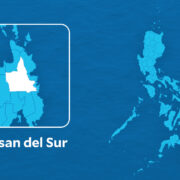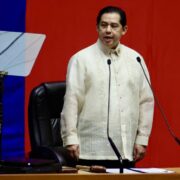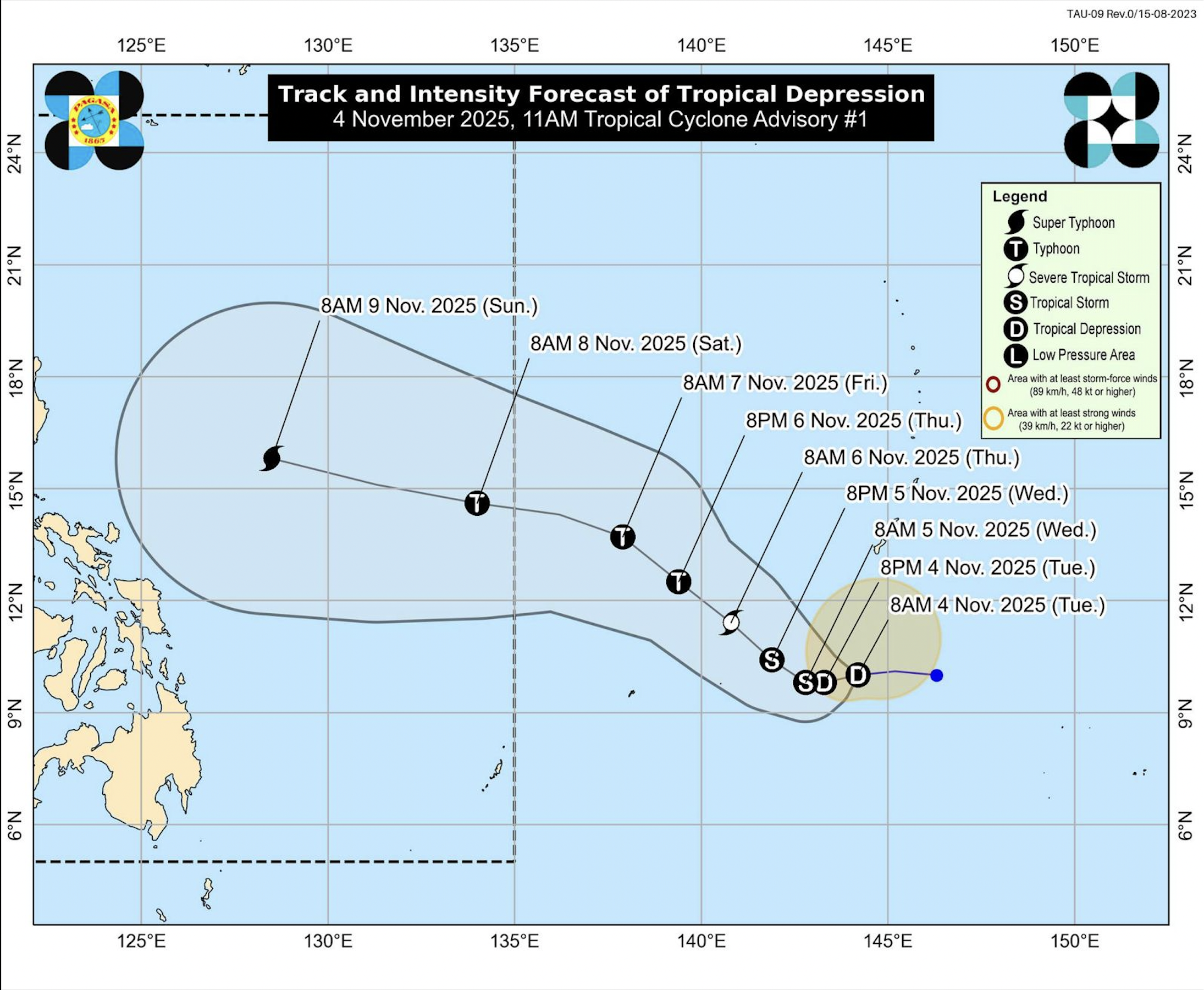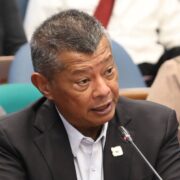LGUs’ role in declaring state of calamity over extreme heat

Over the past month, my hometown of Aparri in Cagayan has been experiencing an intense heat wave, with temperatures soaring to a record high of 48 degrees Celsius. The situation has been described as almost unbearable by my Auntie Nitz, who recently shared her concerns with me over the phone. To add to the challenges, reports have emerged of a wildfire spreading in a barangay in Aparri West and on the campus of a state university, exacerbating the already dire circumstances. Furthermore, there have been fluctuations in the electricity supply, complicating the situation even more.
In times of natural disasters such as typhoons and earthquakes, the local disaster risk reduction management councils (LDRRMCs) of local government units (LGUs) play a crucial role in coordinating responses and providing assistance to affected individuals. They may also recommend declaring a state of calamity to the Sangguniang Panlalawigan if deemed necessary. It is important to recognize that a heat wave itself can be a disaster, with significant implications for LGUs.Given the gravity of the current situation, I propose that the LDRRMCs in affected areas come together to assess the impacts of the extreme heat on their communities. They should also evaluate the potential risks and vulnerabilities posed by the heatwave, such as health issues, food and water shortages, and increased wildfire risks. If deemed necessary, the LDRRMCs should advise their respective Sanggunians to declare a state of calamity.
Republic Act No. 10121, also known as the “Philippine Disaster Risk Reduction and Management Act of 2010,” defines a state of calamity as “a condition involving mass casualty and/or major damage to property, disruption of means of livelihood, roads, and normal way of life of people in the affected areas, as a result of the occurrence of natural or human-induced hazard.”
The President, based on the recommendation of the National Disaster Risk Reduction and Management Council, holds the authority to declare a national state of calamity. LGUs also possess the power to declare their own state of calamity after conducting an assessment of damage and needs in collaboration with the LDRRMC and its national counterpart. The declaration of state of calamities can be lifted by the President and the respective Sanggunians upon the recommendation of their risk reduction management councils.
REGINALD B. TAMAYO,
Marikina City

















